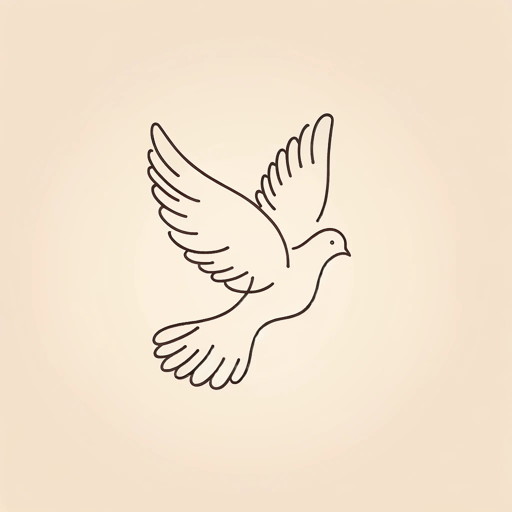34 pages • 1 hour read
James H. ConeThe Cross and the Lynching Tree
Nonfiction | Book | Adult | Published in 2011A modern alternative to SparkNotes and CliffsNotes, SuperSummary offers high-quality Study Guides with detailed chapter summaries and analysis of major themes, characters, and more.
IntroductionChapter Summaries & Analyses
Introduction Summary and Analysis
James Cone sets up the primary imagery of the book in the very first paragraph of his introduction, noting how the “cross and the lynching tree are separated by nearly 2,000 years” and that while “both are symbols of death” (15), they represent two radically different realities. On the one hand, we see The Significance of the Cross in Christian Spirituality: The cross signifies life, hope, and redemption for the one who trusts it. On the other hand, the lynching tree symbolizes hate, repression, and the crushing weight of white supremacy felt by Black men and women in America. Only by acknowledging the parallel imagery and realities—acknowledging The Parallels between the Cross and the Lynching Tree—and their attending consequences can healing come to society in a way that will seal up old divisions and wounds.
The book is concerned primarily with “how to reconcile the gospel message of liberation with the reality of black oppression” (17-18). The central issue is how to resolve the paradox of a faith that claims to liberate the captive, lift up the lowly, and bring salvation and harmony to the cosmos and yet, at the same time, appears to empower communities of white Christians to participate and condone brutal violence and repression of their Black counterparts.

